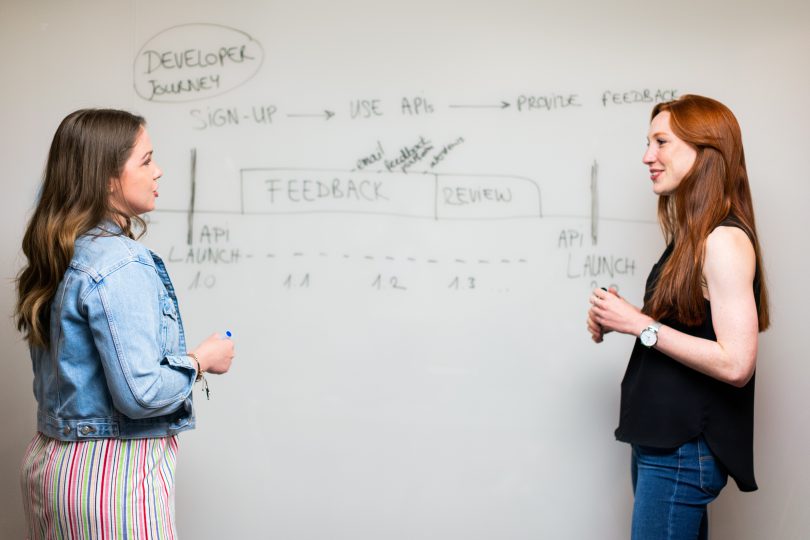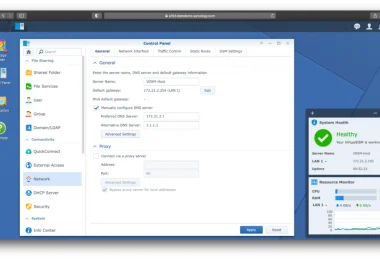The introduction of new technology may lead to major structural changes that can be necessary to achieve substantial productivity gains. Computers and portable devices are brought into classrooms as well as other digital learning aids to help in learning and learning. Every hour, seven days a week, learning opportunities, events and materials are made accessible and supported. The abilities and the commitment of students in the 21st century are promoted, all of them contributing to quicker learning results. Technology has the ability to revolutionise education by introducing a new, unavailable paradigm of related learning. With this approach, instructors may engage with students while getting access to professional information, resources and tools to improve their learning experience and customise it for their pupils.
According to the National Center for Education Statistics, improved learning efficiency, lower teaching and/or programme cost and more efficient use of teacher time, online learning opportunities, as well as the use of open educational and other technology could contribute to increasing educational productivity in the United States and around the world.
Online or virtual study
Online learning in 48 states and the District of Columbia is presently allowed and is used to provide additional training for students to participate in full-time graduation courses at recognised institutions. Optional courses such as summer school and dual enrollment programmes are examples of options that allow students to enrol at the highest level, honours and corrective courses while still being given credit for past courses. On the Internet, basic courses and courses that are completely online are available with the assistance of many of these courses via online learning tools. However, although some online schools and programmes are autonomous, many others work with commercial enterprises or other government organisations to offer their students with online educational possibilities.
How should technology be included in the classroom?
In the context of educational institutions, the widespread assumption that integrating technology in a classroom is costly is incorrect. In order to succeed in the contemporary world, children do not need to have their own tablets or computers. The use of technology in teaching in the classroom may benefit both hearing and visually impaired students. The basic usage of technology in the classroom, such as PowerPoint presentations, computer games, internet tasks and online grading systems may influence the development of pupils.
Software for presentation creation
Visual aids may be helpful in many circumstances, including additional lectures which encourage debate and provide external information. PowerPoint and other specially developed tools may be utilised successfully or inefficiently to accomplish this goal. Materials on this page that provide guidance on how to utilise PowerPoint and several other display tools effectively are available.
Classroom Flipping
Is there a way to utilise the time that we have with our kids in our classroom? In certain instances, it may result in improved knowledge amongst students by removing the lecture from the classroom and by utilising personal time to engage with applications, Synthesis and creativity. While technology is not needed for “flipping,” tools such as videos, podcasts, online examinations etc. may facilitate cooperation between classes and external classrooms. These materials offer both a theoretical and practical basis for this kind of teaching.
Classroom response systems
One method when it comes to boosting student involvement in the employment of technological equipment is to enable students, immediately after recording, to register their responses to numerous questions and to view their answers. The anonymity encourages students to participate and allows teachers to evaluate if additional discussions are required or not. In some circumstances, a clicker may also be a starting point for conversation. On this page, you may discover additional information on how response systems can be used successfully.
Learning is supposed to be incorporated
Instructors may simply add instructional material, questions, videos and interactive discussions in connection with any website. This makes it easy for pupils to grasp the issues involved. In order to provide pupils with a more engaging educational environment, two high school teachers invented the concept of converting the Internet into an ‘interactive learning experience.’
What are the causes for the use of technology by students in schools?
The incorporation of technology into the classroom enables increased (and more efficient) communication between students and trainers, students and their classmates, as well as between their parents and teachers. This is important for children’s academic success. Students are more involved in their own learning when technology is utilised in the classroom and technology is another advantage. Students will be able to study and understand how technology may be utilised creatively, efficiently and safely. Feedback on courses, participation in initiatives and learning activities that recognise and respect their uniqueness and classes are included in these chances and assistance.
Why am I regarded importable in the classroom for technology integration?
The probability of success rises when instructors offer students with technological possibilities in the classroom. The use of technology for educational purposes includes a number of advantages and drawbacks that should be taken into consideration. Although classroom technology may appear to be a distraction, the advantages of utilising technology in classrooms outweigh the negative impacts when they are appropriately included in classrooms and processes for monitoring and evaluating student development.







[…] What is the best way for educators to use technology to teach? […]
[…] What is the best way for educators to use technology to teach? […]